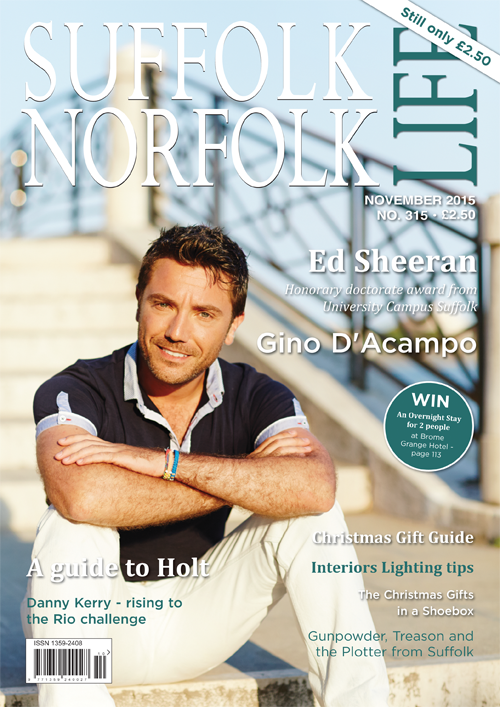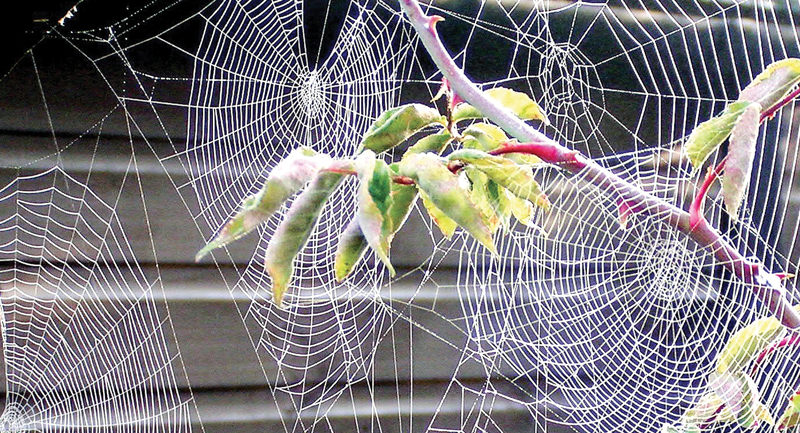- A feature from the November 2015 issue of Suffolk Norfolk Life magazine
 Click to view this issue »
Click to view this issue » - Category
- Nature
November, and the wind whipping Southwold beach seems to have come from Siberia. Experts may say that the sea is warmer now than in summer, but people on the beach are wearing anoraks and have absolutely no intention of swimming: it feels cold, and so the sea must also be cold, even if it isn’t. A wave rolls beneath the pier and crashes on the beach: the last days of autumn are being played out, and the Sandlings are awash in a colourful tapestry of falling leaves, wood smoke, fireworks and toadstools.
This strong wind has ruled out swimming at Southwold, but it is a lifesaver to migrant birds heading for Britain from their breeding grounds in the far north. When you weigh just a few ounces, then a tail wind is a big help. Despite the enormous two-way journey, there are great advantages to nesting in the vast emptiness of the thawing Arctic: round-the-clock daylight, teeming multitudes of insect food for hungry chicks, and few predators. The very brief Arctic summer came to an end in August, when falling temperatures brought the first frosts. Billions of birds have since fled the Arctic into Europe, Asia, Canada and the USA, ahead of the deadly winter. I saw a flock of fieldfares yesterday, every bird battling head-on into the wind in a way that befits tough Scandinavian rovers. On the sea walls, birders scan the skies and mud in search of a good tick for their lists.
All over Suffolk and Norfolk the last horse chestnut conkers cling to leafless twigs. Autumn begins early for the horse chestnut. In some years, the trees begin to colour up as early as August, as if to atone for being almost the first to come into leaf and to flower. Lots of us have a nostalgic thing about newly fallen conkers that is felt by few youngsters today. The wonder lies in the popping-open of the prickly seedcase and that first glimpse of hidden magic. It’s sad that the lustrous colour will dull in just a few hours.
Autumn famously brings mists and mellow fruitfulness to the countryside. Hedges have been loaded with blackberries, rose hips, sloes, nuts and seeds: wildlife relies on them to survive winter. In your garden, windfall apples lie beneath the trees, and toadstools push up into the light. Damp November mists cause the remaining flowers to sag. Drops of condensed moisture on every strand of sticky silk reveal the astonishing and cunning construction of large webs made by orb spiders.

